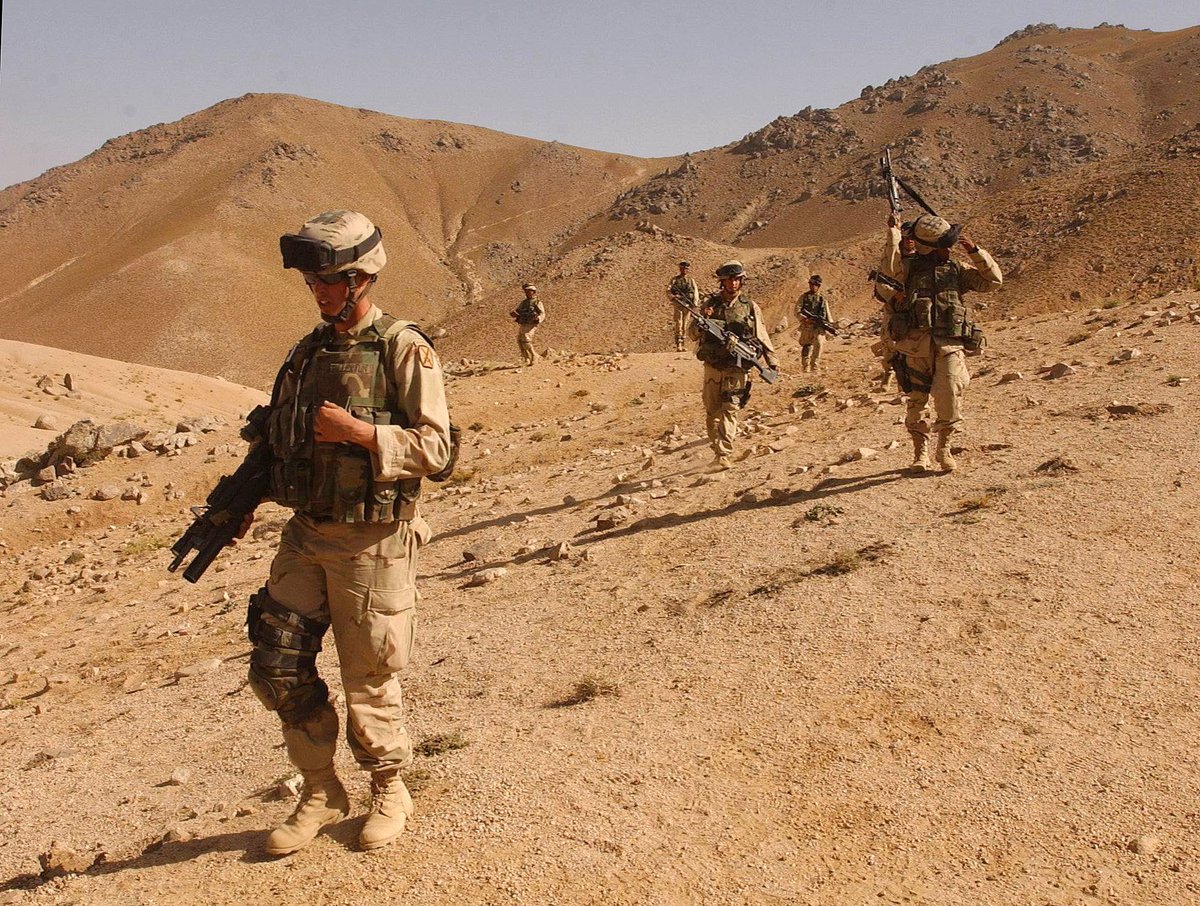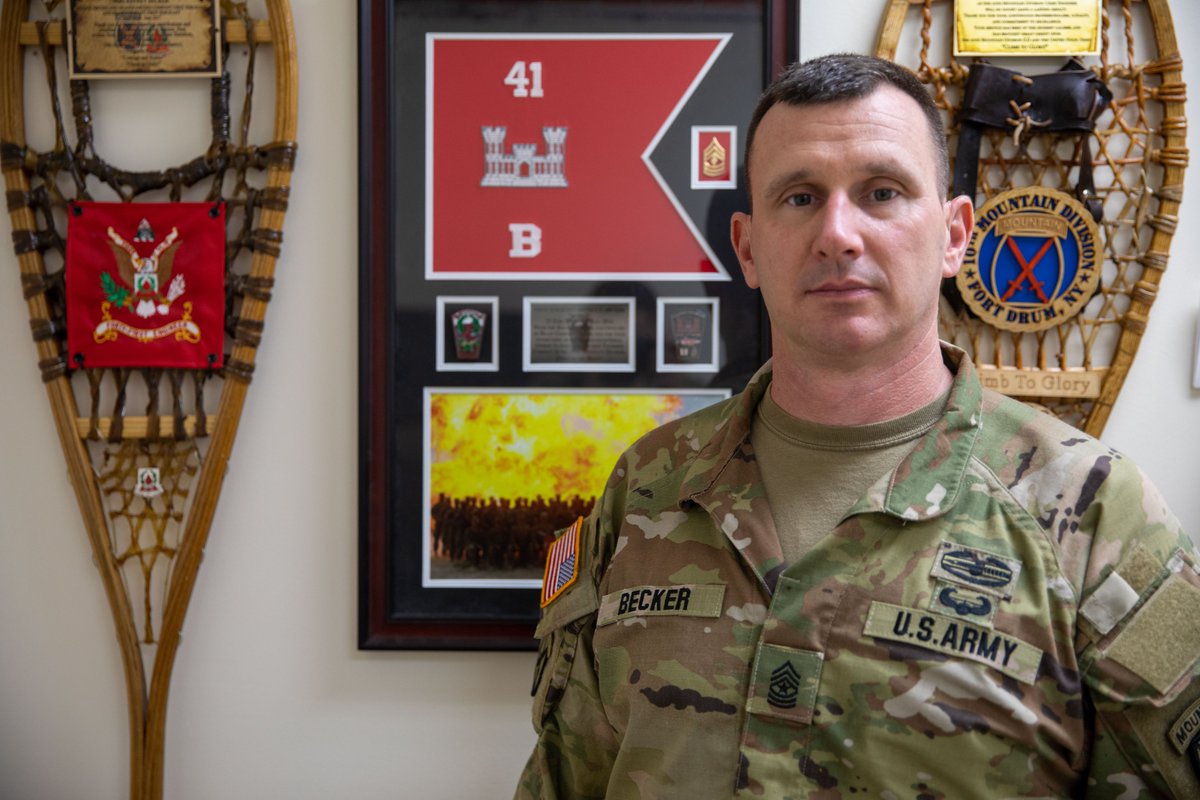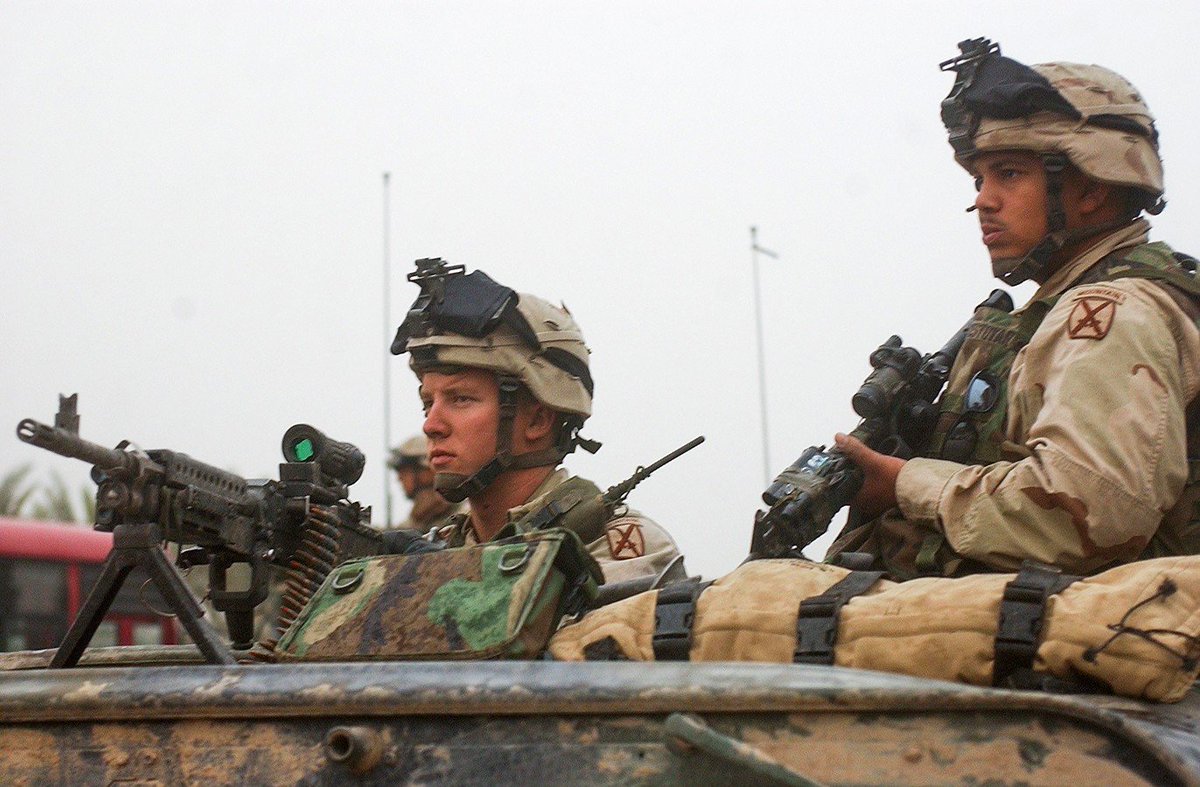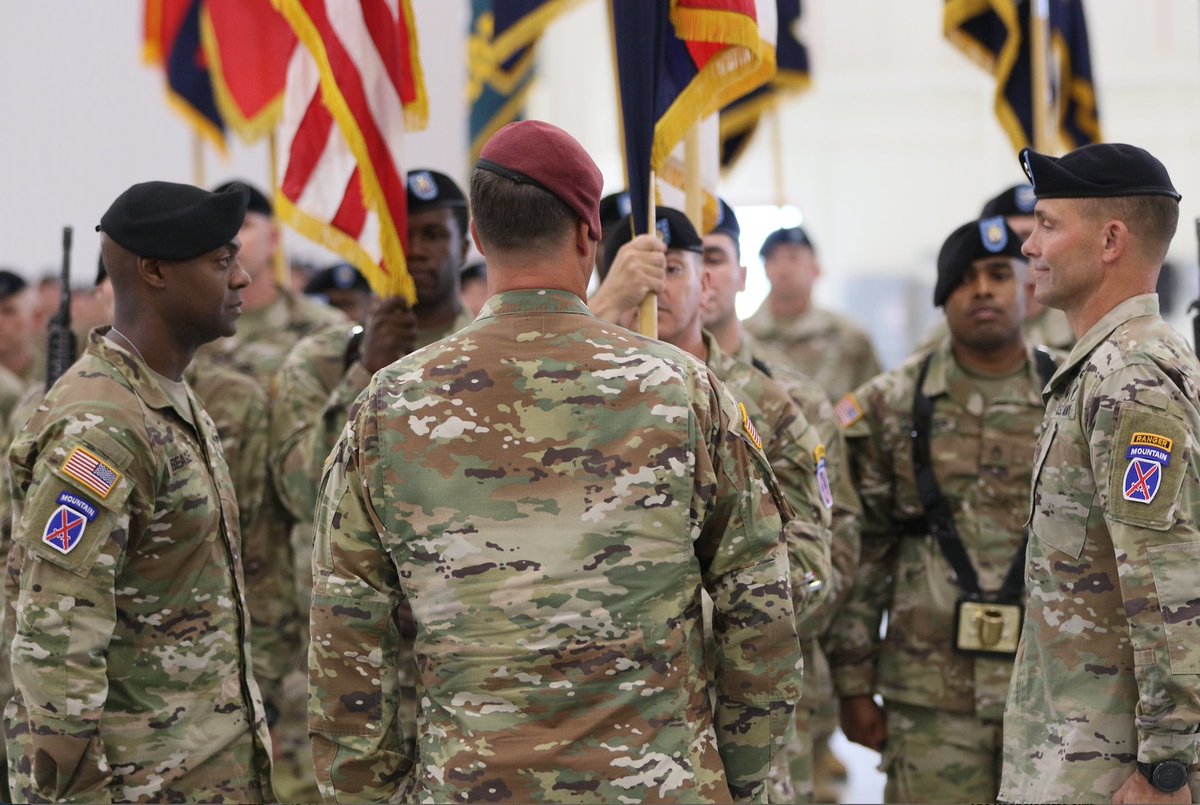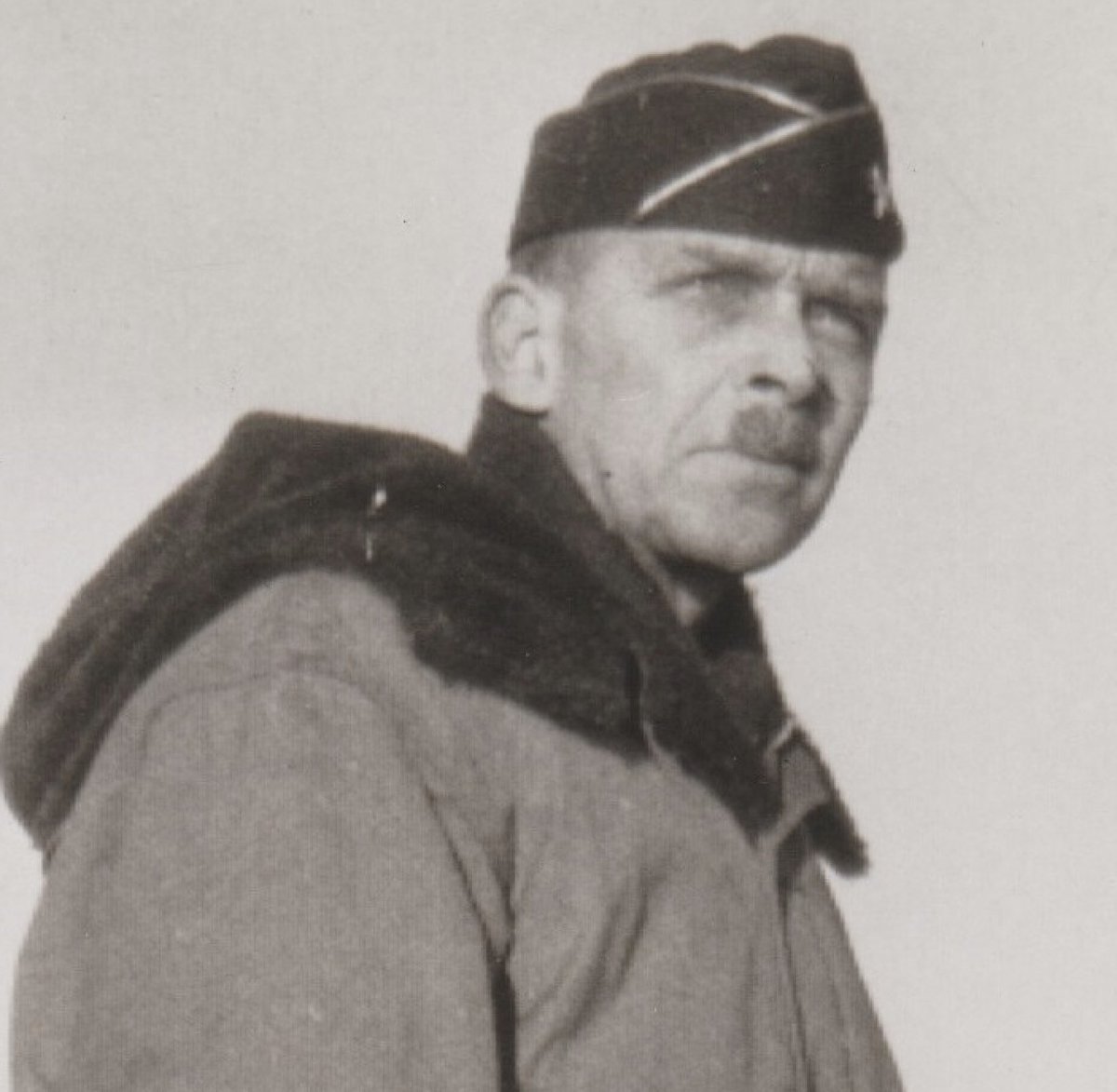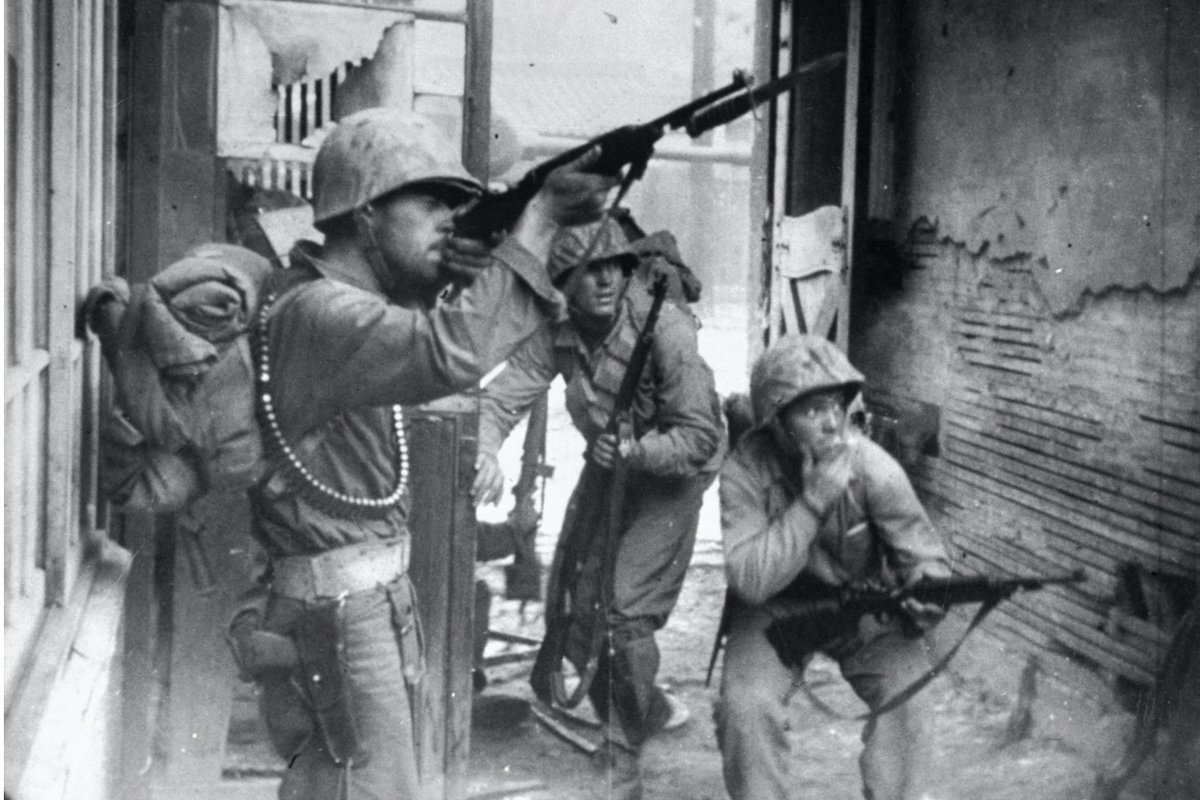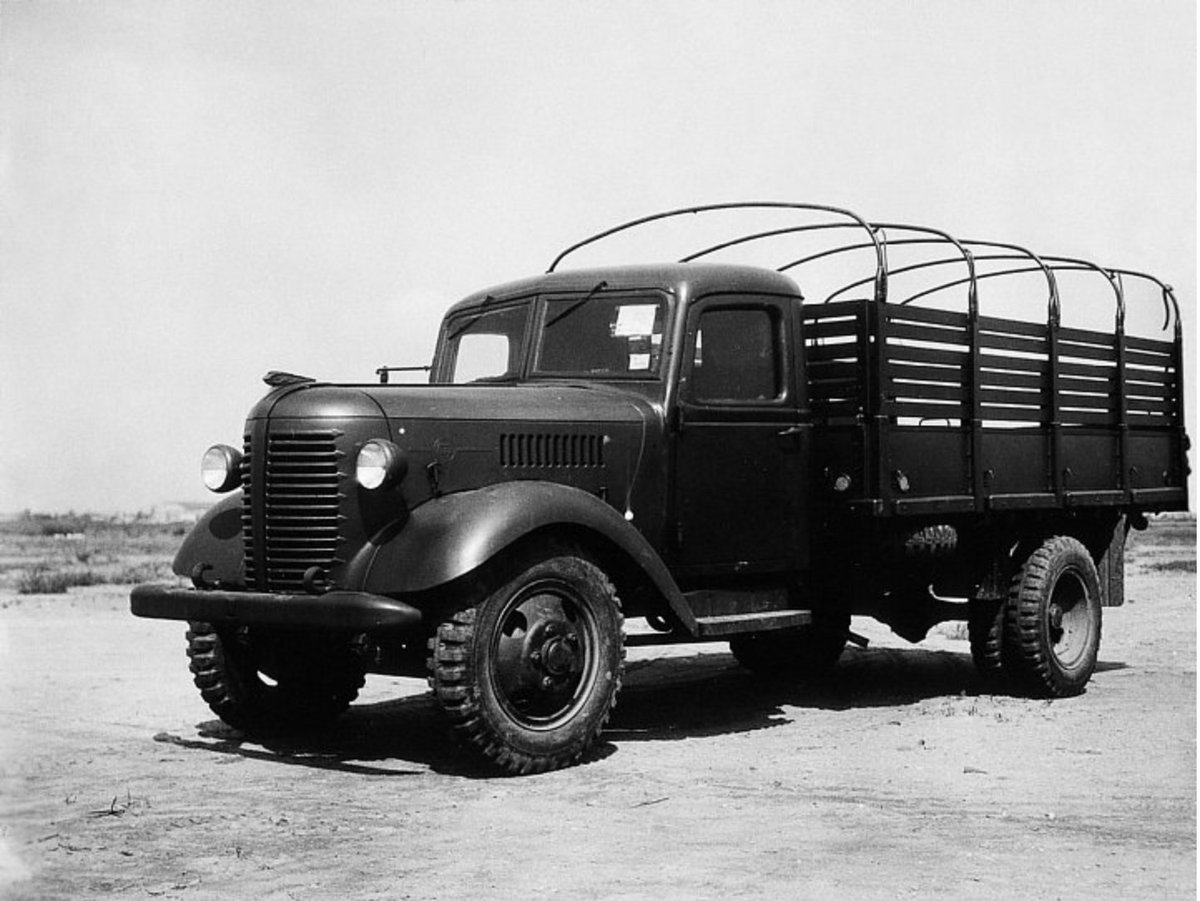
[1 of 40]
This year, the 70th anniversary of our reactivation, we're reflecting on the key moments from the Corps' lifetime
One of those moments: the no-notice deployment of 3rd Brigade, 82nd Airborne Division to Vietnam. This is a part of that story that has not yet been told
This year, the 70th anniversary of our reactivation, we're reflecting on the key moments from the Corps' lifetime
One of those moments: the no-notice deployment of 3rd Brigade, 82nd Airborne Division to Vietnam. This is a part of that story that has not yet been told
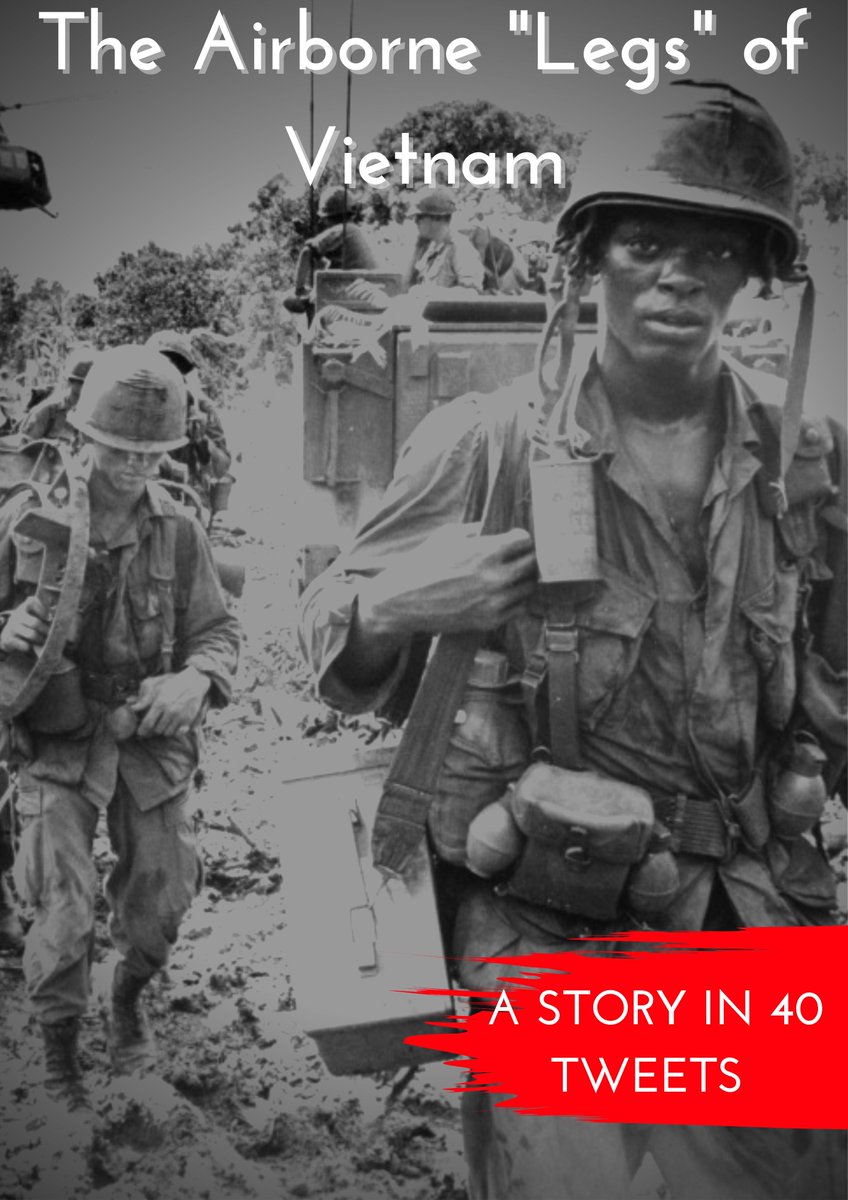
[2 of 40]
During the Vietnam War, the Corps HQ sent the entire 101st Airborne to the war in 1967.
For the war, the 101st was an operational HQ under Military Assistance Command-Vietnam and no longer an XVIII Airborne Corps unit.
During the Vietnam War, the Corps HQ sent the entire 101st Airborne to the war in 1967.
For the war, the 101st was an operational HQ under Military Assistance Command-Vietnam and no longer an XVIII Airborne Corps unit.

[3 of 40]
President Lyndon Johnson kept the XVIII Airborne Corps HQ and the 82nd Airborne Division out of the war and on Fort Bragg as part of a "rapid deployment force" in the event we had to fight the Soviets in Europe.
President Lyndon Johnson kept the XVIII Airborne Corps HQ and the 82nd Airborne Division out of the war and on Fort Bragg as part of a "rapid deployment force" in the event we had to fight the Soviets in Europe.

[4 of 40]
By the summer of 1967, the 82nd, still on Fort Bragg, was the only airborne division in the Army in the US. In fact, virtually all airborne brigades were also committed to Vietnam.
The 82nd was also the only combat-ready division remaining in the US.
By the summer of 1967, the 82nd, still on Fort Bragg, was the only airborne division in the Army in the US. In fact, virtually all airborne brigades were also committed to Vietnam.
The 82nd was also the only combat-ready division remaining in the US.

[5 of 40]
From the start of the conventional war in Vietnam in 1965 up until the 1968 Tet Offensive, the 82nd was manned at a very minimal level - barely enough troops to fight if something DID happen in Europe.
From the start of the conventional war in Vietnam in 1965 up until the 1968 Tet Offensive, the 82nd was manned at a very minimal level - barely enough troops to fight if something DID happen in Europe.

[6 of 40]
As Airborne Paratroopers redeployed from Vietnam [generally serving in the 173rd, 1st Brigade/101st, or an SF unit], they generally rotated into the 82nd.
As Airborne Paratroopers redeployed from Vietnam [generally serving in the 173rd, 1st Brigade/101st, or an SF unit], they generally rotated into the 82nd.

[7 of 40]
At the end of January, 1968, the surprise Tet Offensive [a coordinated series of North Vietnamese attacks on more than 100 cities and outposts in South Vietnam] required an immediate influx of US troops into Vietnam.
At the end of January, 1968, the surprise Tet Offensive [a coordinated series of North Vietnamese attacks on more than 100 cities and outposts in South Vietnam] required an immediate influx of US troops into Vietnam.

[8 of 40]
General Westmoreland, commander of all US troops in theater, wanted the entire 82nd Airborne to deploy. LBJ, still worried about the Soviet threat, denied the request: only one brigade from the 82nd would go to Vietnam.
General Westmoreland, commander of all US troops in theater, wanted the entire 82nd Airborne to deploy. LBJ, still worried about the Soviet threat, denied the request: only one brigade from the 82nd would go to Vietnam.

[9 of 40]
3rd Brigade was the Division Ready Force [maintained on a state of alert for contingencies] and was therefore selected to go to central Vietnam. The 82nd was pretty much an afterthought for the Army during the war, so 3rd Brigade was not REALLY ready to deploy quickly.
3rd Brigade was the Division Ready Force [maintained on a state of alert for contingencies] and was therefore selected to go to central Vietnam. The 82nd was pretty much an afterthought for the Army during the war, so 3rd Brigade was not REALLY ready to deploy quickly.

[10 of 40]
February 3rd, 1968: 3rd Brigade was alerted and had less than two weeks to get ready. Like all 82nd Airborne units, 3rd Brigade was significantly undermanned (less than 60% strength).
February 3rd, 1968: 3rd Brigade was alerted and had less than two weeks to get ready. Like all 82nd Airborne units, 3rd Brigade was significantly undermanned (less than 60% strength).

[11 of 40]
3rd Brigade's success in the 1965 invasion of the Dominican Republic and in helping to quell the April, 1968 DC riots earned it the moniker Golden Brigade – so named by XVIII Airborne Corps commander Bruce Palmer because “everything the brigade touched turned to gold"
3rd Brigade's success in the 1965 invasion of the Dominican Republic and in helping to quell the April, 1968 DC riots earned it the moniker Golden Brigade – so named by XVIII Airborne Corps commander Bruce Palmer because “everything the brigade touched turned to gold"

[12 of 40]
Once the Golden Brigade was selected, the commander of the 82nd Airborne Division, General Richard Seitz [pictured], facilitated the quick turn around by directing that every asset within the division be used to assist the brigade.
Once the Golden Brigade was selected, the commander of the 82nd Airborne Division, General Richard Seitz [pictured], facilitated the quick turn around by directing that every asset within the division be used to assist the brigade.

[13 of 40]
Early Feb 1968: a frenzy of activity as the 82nd prepared the undermanned 3rd Brigade for deployment. 1st and 2nd Brigades are raided to get the Golden Brigade to 100% strength.
The 82nd pushed troops over to 3rd Brigade until there are 3,500 ready to go.
Early Feb 1968: a frenzy of activity as the 82nd prepared the undermanned 3rd Brigade for deployment. 1st and 2nd Brigades are raided to get the Golden Brigade to 100% strength.
The 82nd pushed troops over to 3rd Brigade until there are 3,500 ready to go.

[14 of 40]
About 85% of these troops had already served at least one tour in Vietnam. Many of these were enlisted troops who’d fought in Vietnam and had then been sent to the 82nd to finish out their enlistment.
About 85% of these troops had already served at least one tour in Vietnam. Many of these were enlisted troops who’d fought in Vietnam and had then been sent to the 82nd to finish out their enlistment.

[15 of 40]
The Golden Brigade sent a lot of combat experience into Vietnam. In addition to the Vietnam veterans, there were some Korean War vets and some Sergeants Major who’d fought in WWII.
The Golden Brigade sent a lot of combat experience into Vietnam. In addition to the Vietnam veterans, there were some Korean War vets and some Sergeants Major who’d fought in WWII.

[16 of 40]
Some of the troops sent to deploy with 3rd Brigade had been back from Vietnam for less than 30 days.
Nonetheless, on February 12, 1968, the brigade deployed all of them on emergency deployment orders [180-days max].
Some of the troops sent to deploy with 3rd Brigade had been back from Vietnam for less than 30 days.
Nonetheless, on February 12, 1968, the brigade deployed all of them on emergency deployment orders [180-days max].

[17 of 40]
Lyndon Johnson saw the Golden Brigade off, visiting the troops at Pope Army Airfield just before they took off in C-141s & C-131s
LBJ to the troops: “I came here to speak on behalf of all America, and to tell you that you are our finest because you are the Airborne.”
Lyndon Johnson saw the Golden Brigade off, visiting the troops at Pope Army Airfield just before they took off in C-141s & C-131s
LBJ to the troops: “I came here to speak on behalf of all America, and to tell you that you are our finest because you are the Airborne.”

[18 of 40]
The Golden Brigade moved into theater so quickly that it caught American officials in Vietnam off guard.
When the brigade landed at Chu Lai Air Base at 11AM on Feb. 15, installation leaders had to scramble to find a place to put all the soldiers and equipment.
The Golden Brigade moved into theater so quickly that it caught American officials in Vietnam off guard.
When the brigade landed at Chu Lai Air Base at 11AM on Feb. 15, installation leaders had to scramble to find a place to put all the soldiers and equipment.

[19 of 40]
Within days, the troops were thrust into combat in Huế, Phu Bai and Da Nang.
Paratroopers formed hunter-killer teams to patrol at night, cleared roads of landmines each morning and aggressively patrolled villages in search of North Vietnamese troops.
Within days, the troops were thrust into combat in Huế, Phu Bai and Da Nang.
Paratroopers formed hunter-killer teams to patrol at night, cleared roads of landmines each morning and aggressively patrolled villages in search of North Vietnamese troops.

[20 of 40]
By May, there were many casualties within the Golden Brigade. In addition, many enlistments were up. [Most enlistments were three years back then].
By May, there were many casualties within the Golden Brigade. In addition, many enlistments were up. [Most enlistments were three years back then].

[21 of 40]
These two events resulted in replacements. Since there were not enough paratroopers coming into theater, this meant Non-Airborne Personnel (sometimes disparagingly referred to as “Legs” in the airborne community).
These two events resulted in replacements. Since there were not enough paratroopers coming into theater, this meant Non-Airborne Personnel (sometimes disparagingly referred to as “Legs” in the airborne community).

[22 of 40]
For example, West Collingswood Heights, NJ's Frank Cunane was among the first Leg replacements to wear the AA patch in Vietnam. Frank told us that he has a lifelong fear of heights.
For example, West Collingswood Heights, NJ's Frank Cunane was among the first Leg replacements to wear the AA patch in Vietnam. Frank told us that he has a lifelong fear of heights.

[23 of 40]
When he arrived in Vietnam, Frank was told that he'd go to the 82nd. Frank replied that he wasn't airborne. "Nobody's jumping in Vietnam now. They just need bodies," he was told.
When he arrived in Vietnam, Frank was told that he'd go to the 82nd. Frank replied that he wasn't airborne. "Nobody's jumping in Vietnam now. They just need bodies," he was told.

[24 of 40]
At first, Frank was looked down upon by the Paratroopers...until May 5th.
Frank told us: "All that airborne @%it went out the window on our first ambush. On that day, we were all legs together."
At first, Frank was looked down upon by the Paratroopers...until May 5th.
Frank told us: "All that airborne @%it went out the window on our first ambush. On that day, we were all legs together."

[25 of 40]
June 1968: Creighton Abrams replaced Westmoreland as commander of US forces in Vietnam and almost immediately converted 3rd Brigade from an airborne brigade to a light infantry brigade. Abrams also permanently assigned the unit to Military Assistance Command - Vietnam
June 1968: Creighton Abrams replaced Westmoreland as commander of US forces in Vietnam and almost immediately converted 3rd Brigade from an airborne brigade to a light infantry brigade. Abrams also permanently assigned the unit to Military Assistance Command - Vietnam

[26 of 40]
The Golden Brigade was also moved from near Huế to west of Saigon and outfitted with Armored Personnel Carriers (that most of the Airborne folks didn’t know how to employ)
The Golden Brigade was also moved from near Huế to west of Saigon and outfitted with Armored Personnel Carriers (that most of the Airborne folks didn’t know how to employ)

[27 of 40]
By mid-August, all of the Paratroopers who originally deployed with 3rd Brigade hit their 180-day limit and had to redeploy. They were mostly replaced by non-Airborne troops.
By mid-August, all of the Paratroopers who originally deployed with 3rd Brigade hit their 180-day limit and had to redeploy. They were mostly replaced by non-Airborne troops.

[28 of 40]
The brigade remained in Vietnam for another 15 months. Throughout that time, thousands of non-Airborne troops fought with the 82nd Airborne patch on their shoulder.
The brigade remained in Vietnam for another 15 months. Throughout that time, thousands of non-Airborne troops fought with the 82nd Airborne patch on their shoulder.

[29 of 40]
The 82nd back then, as it is now, was filled with airborne pride and nostalgia. New Soldiers were marched to the main theater on Fort Bragg to watch the “Longest Day." The entire post was filled with pics and statues highlighting the airborne legacy.
The 82nd back then, as it is now, was filled with airborne pride and nostalgia. New Soldiers were marched to the main theater on Fort Bragg to watch the “Longest Day." The entire post was filled with pics and statues highlighting the airborne legacy.

[30 of 40]
“Legs” were initially looked down upon, but once these new Soldiers began patrolling, they were accepted as Golden Brigade “Paratroopers.”
“Legs” were initially looked down upon, but once these new Soldiers began patrolling, they were accepted as Golden Brigade “Paratroopers.”

[31 of 40]
In 1968 and 1969 the Golden Brigade witnessed some of the heaviest fighting of that period, mostly in the Central Highlands under I Corps.
In 1968 and 1969 the Golden Brigade witnessed some of the heaviest fighting of that period, mostly in the Central Highlands under I Corps.

[32 of 40]
In mid-December, 1969, the Golden Brigade redeployed back to Bragg.
Most of the troops had less than a year remaining on their enlistment and prepared to leave military service. But some wanted to stay in the Army and in the brigade with their wartime comrades.
In mid-December, 1969, the Golden Brigade redeployed back to Bragg.
Most of the troops had less than a year remaining on their enlistment and prepared to leave military service. But some wanted to stay in the Army and in the brigade with their wartime comrades.

[33 of 40]
This man, General John Deane, the commander of the 82nd Airborne Division, refused to accept the non-Airborne troops into the Division. He sent almost all of them out of the 82nd.
This man, General John Deane, the commander of the 82nd Airborne Division, refused to accept the non-Airborne troops into the Division. He sent almost all of them out of the 82nd.

[34 of 40]
The 82nd Airborne Division Association refused to accept any of them as members.
These troops wore the 82nd Airborne Division combat patch but, sadly, the Division wanted nothing to do with them.
The 82nd Airborne Division Association refused to accept any of them as members.
These troops wore the 82nd Airborne Division combat patch but, sadly, the Division wanted nothing to do with them.

[35 of 40]
We spoke with Bob Koneckny, a Non-Airborne 3rd Brigade Vietnam vet now living in Rancho Cordova. He said: "Many of us were bitter for decades. We were proud of our service in the 82nd but so much of The Division was still hung up in its World War II airborne history."
We spoke with Bob Koneckny, a Non-Airborne 3rd Brigade Vietnam vet now living in Rancho Cordova. He said: "Many of us were bitter for decades. We were proud of our service in the 82nd but so much of The Division was still hung up in its World War II airborne history."

[36 of 40]
The WWII Paratroopers, in particular, wanted nothing to do with the non-airborne Golden Brigade vets. That’s a shame.
The WWII Paratroopers, in particular, wanted nothing to do with the non-airborne Golden Brigade vets. That’s a shame.

[37 of 40]
The only 82nd Airborne Division Medal of Honor recipient from the Vietnam War, Staff Sergeant Felix M. Conde-Falcon, was a “leg.”
The only 82nd Airborne Division Medal of Honor recipient from the Vietnam War, Staff Sergeant Felix M. Conde-Falcon, was a “leg.”

[38 of 40]
To establish a home for ALL of the Golden Brigade veterans, our friend Rich O’Hare [pictured in Vietnam], an Airborne Paratrooper who fought in Vietnam with the Golden Brigade, started a separate Golden Brigade chapter of the 82nd Association.
To establish a home for ALL of the Golden Brigade veterans, our friend Rich O’Hare [pictured in Vietnam], an Airborne Paratrooper who fought in Vietnam with the Golden Brigade, started a separate Golden Brigade chapter of the 82nd Association.

[39 of 40]
Here's what Rich told us: "We were all young Americans - or immigrants who wanted to be American. Everyone’s blood was the same color and we fought side by side, depending on each other.”
[pic: Rich and wife Martha at the 2018 Golden Brigade Reunion in upstate NY]
Here's what Rich told us: "We were all young Americans - or immigrants who wanted to be American. Everyone’s blood was the same color and we fought side by side, depending on each other.”
[pic: Rich and wife Martha at the 2018 Golden Brigade Reunion in upstate NY]

[END]
Rich continued: “I'm still proud of my jump wings, but I learned so much from the non-airborne Soldiers I fought with. I love them all.”
Rich continued: “I'm still proud of my jump wings, but I learned so much from the non-airborne Soldiers I fought with. I love them all.”

• • •
Missing some Tweet in this thread? You can try to
force a refresh








